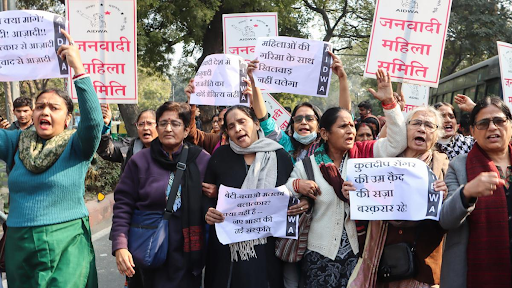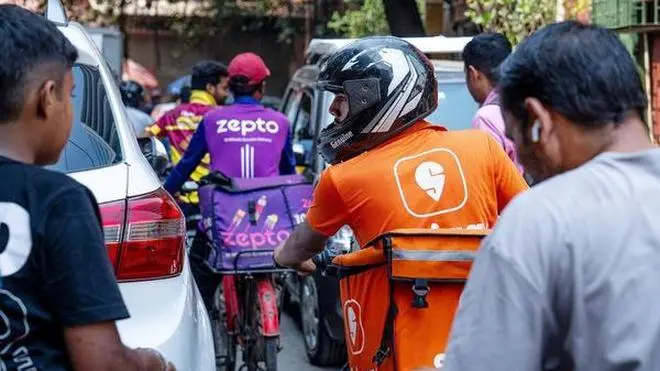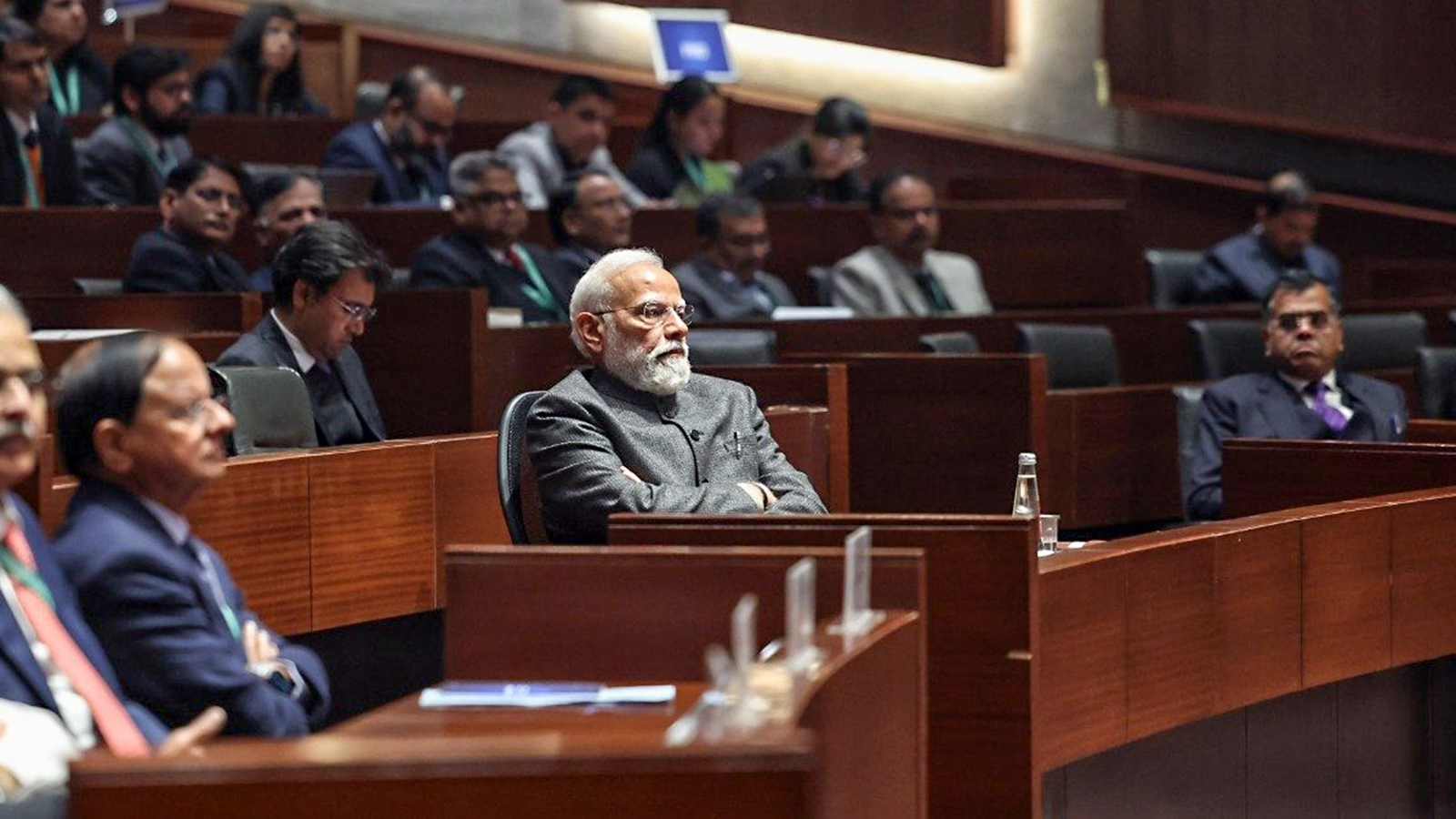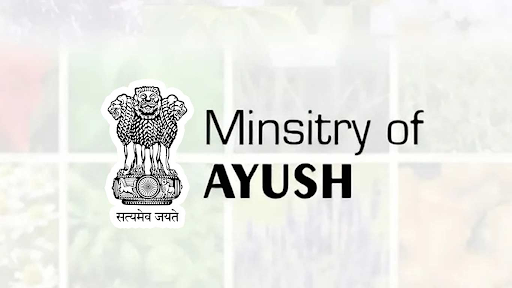Description
.png)
Copyright infringement not intended
Picture Courtesy: yojanalabh.com
Context: The Aatmanirbhar Bharat Rojgar Yojana (ABRY) is a scheme launched by the Government of India in 2020 to boost employment in the formal sector and incentivize the creation of new employment opportunities during the COVID-19 recovery phase.
Aatmanirbhar Bharat Rojgar Yojana (ABRY)
- The Covid-19 pandemic has severely affected the economy and livelihoods of millions of people in India. According to the Centre for Monitoring Indian Economy (CMIE), the unemployment rate in India rose to 23.5% in April 2020, when the nationwide lockdown was imposed to contain the spread of the virus.
- To mitigate the impact of the pandemic on employment, the government announced various relief measures under the Atmanirbhar Bharat Package, such as free food grains, cash transfers, credit guarantees, tax relief, etc. However, these measures were mostly aimed at providing immediate relief and support to the vulnerable sections of society, such as migrant workers, farmers, women, etc.
- To address the long-term challenge of creating more jobs and increasing the formalization of the workforce, the government launched the ABRY scheme, which is expected to benefit about 58.5 lakh employees and 1.54 lakh establishments.
Features
- The ABRY scheme provides a subsidy for provident fund contributions for adding new employees to establishments registered with the Employees’ Provident Fund Organization (EPFO). The EPFO is a statutory body that administers social security schemes for workers in the organized sector, such as provident fund, pension and insurance.
- Under the ABRY scheme, the government will pay both the employee and employer’s share of provident fund contribution (12% each) for two years for new employees who join EPFO-registered establishments with a monthly wage less than Rs. 15,000. For establishments with more than 1,000 employees, only the employee’s share will be paid by the government.
- The subsidy amount under the scheme will be credited upfront only in Aadhaar-seeded EPFO accounts (UAN) of new employees. Aadhaar is a unique identification number issued by the government to every resident of India. UAN is a universal account number that enables the portability of provident fund accounts across employers.
- To be eligible for the scheme, establishments must have registered with EPFO before June 1, 2020, and must have added new employees compared to their reference base of employees as of September 2020. Establishments with up to 50 employees must have added at least two new employees and those with more than 50 employees must have added at least five new employees.
The ABRY scheme is significant for several reasons
- It aims to encourage employers to hire more workers and retain existing ones by reducing their financial burden of provident fund contribution.
- It aims to increase the formalization of the workforce by bringing more workers under the ambit of social security schemes administered by EPFO.
- It aims to provide income support and social protection to new employees who join formal employment during the Covid-19 recovery phase.
- It aims to stimulate demand and consumption in the economy by increasing the disposable income of workers.
- It aims to contribute to the vision of Atmanirbhar Bharat by creating more employment opportunities and enhancing human capital.

Steps Taken to implement and monitor the ABRY scheme effectively
- It has issued detailed guidelines and FAQs on the scheme on its website and EPFO’s website.
- It has launched a dedicated portal for online registration and verification of establishments and employees under the scheme.
- It has issued periodic press releases on the progress and achievements of the scheme.
- It has conducted awareness campaigns and workshops for employers and employees on the benefits and procedures of the scheme.
- It has coordinated with state governments, industry associations, trade unions and other stakeholders to ensure smooth implementation of the scheme.
Challenges and limitations
- The scheme applies only to new employees who join formal employment during the specified period. It does not cover existing employees who may have faced wage cuts or job losses due to the pandemic.
- The scheme is restricted to employees with monthly wages less than Rs. 15,000. It does not benefit those who earn more than that or those who work in the informal sector, which accounts for about 90% of the total workforce in India.
- The scheme is dependent on the compliance and cooperation of employers and employees in registering and verifying their details with EPFO. There may be cases of under-reporting, over-reporting or fraud by some establishments or employees to avail of the subsidy.
- The scheme is subject to the availability of funds and budgetary allocations by the government. There may be delays or shortfalls in disbursing the subsidy amount to the beneficiaries.
- The scheme is a temporary measure to boost employment during the Covid-19 recovery phase. It does not address the structural issues and challenges of the labour market in India, such as low productivity, skill mismatch, gender gap, etc.
Way Forward
The ABRY scheme is a welcome step by the government to incentivize employment creation and formalization in the formal sector during the Covid-19 recovery phase. However, it should not be seen as a substitute for long-term and comprehensive reforms in the labour market. The government should also focus on:
- Enhancing the quality and quantity of education and skill development programs for workers to improve their employability and productivity.
- Simplifying and rationalizing the labour laws and regulations to reduce compliance costs and improve flexibility and efficiency for employers and employees.
- Expanding and strengthening the social security and welfare schemes for workers in both formal and informal sectors to provide them adequate protection and support.
- Promoting entrepreneurship and innovation among workers to create more self-employment and income-generating opportunities.
- Fostering a conducive environment for investment and growth in various sectors of the economy to create more demand and supply of labour.

Conclusion
- The ABRY scheme is a step in the right direction, but it is not enough. The government should adopt a holistic and inclusive approach to address the multifaceted challenges of the labour market in India and make it more resilient and dynamic in the post-Covid era.
|
PRACTICE QUESTION
Q. How did the Aatmanirbhar Bharat Rojgar Yojana (ABRY) contribute to formal sector employment and incentivize the creation of new job opportunities during the COVID-19 recovery phase?
|




.png)






